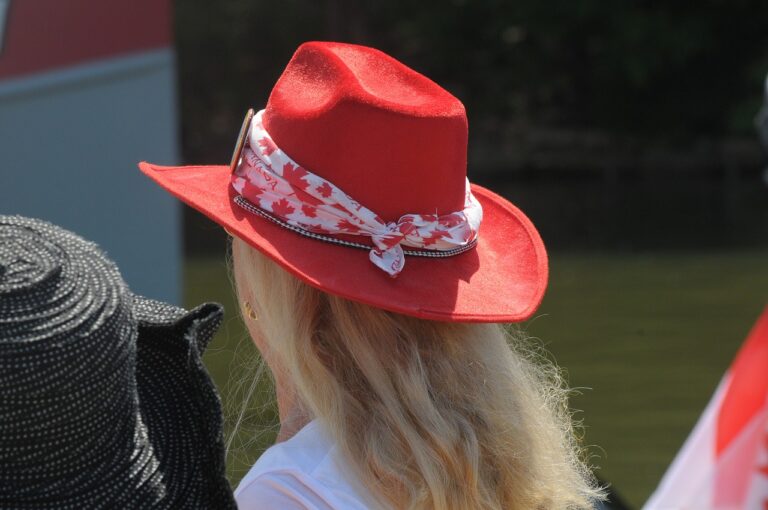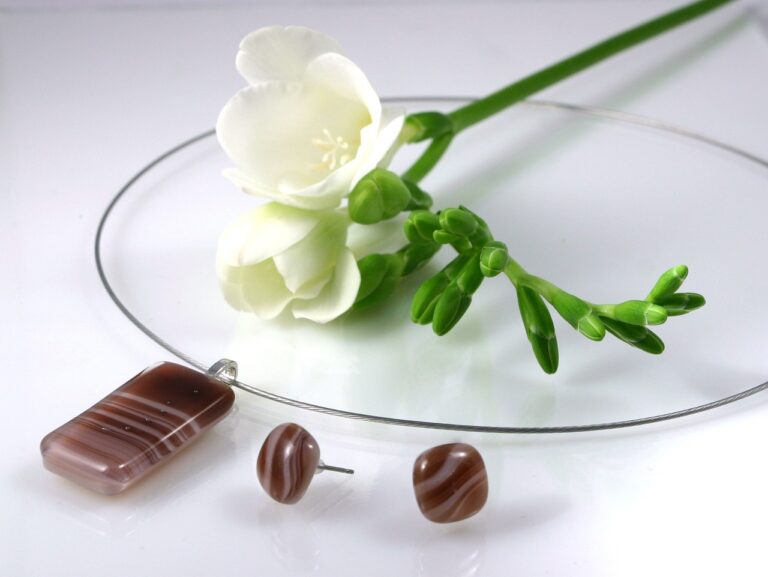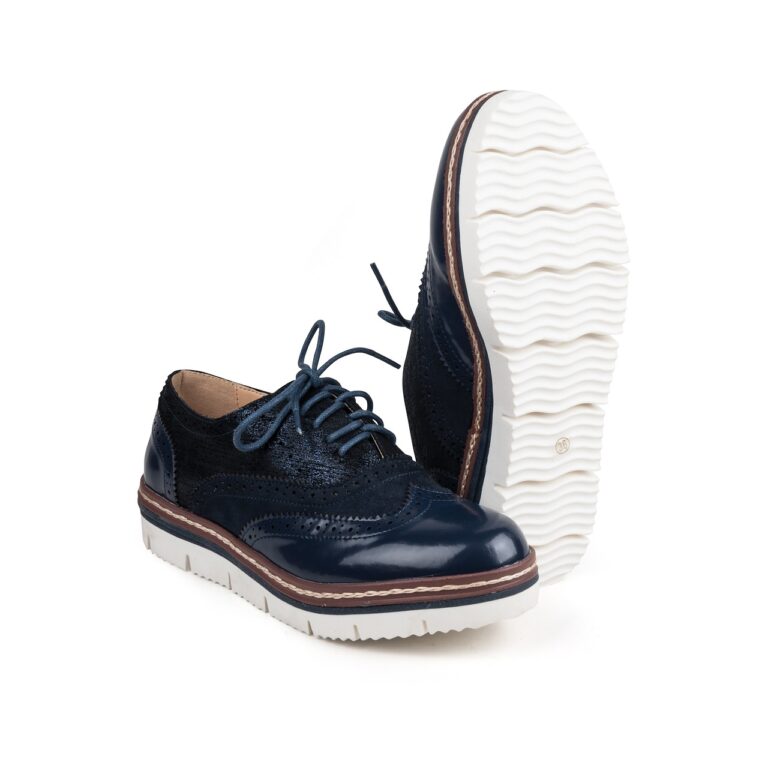Fashion and Gender Identity: How Clothing Choices Reflect and Express Gender
Exploring the intricate relationship between gender identity and clothing choices reveals the profound impact fashion has on one’s self-expression. The way individuals choose to dress often serves as a powerful tool for communicating their gender identity to the world. From the colors and styles they gravitate towards, to the accessories they adorn themselves with, every clothing choice can convey a deeper message about how they perceive and portray their own gender.
Furthermore, the act of selecting specific garments is not limited to mere aesthetics; it is also a crucial part of the social construction of gender. Society often imposes norms and expectations on individuals based on their gender, including which types of clothing are deemed appropriate or acceptable. As such, individuals may experience varying degrees of freedom or constraint when expressing their gender identity through their fashion choices, depending on the prevailing cultural attitudes and norms within their environment.
Gender Expression Through Fashion
Fashion has always been a powerful tool for individuals to express their gender identity. Through their clothing choices, people can communicate a wide range of messages about their gender expression, reflecting aspects of their personal identity and how they wish to be perceived by others. From the colors and styles they choose to the way they accessorize their outfits, every detail can play a role in shaping their unique gender expression.
Moreover, fashion has the ability to challenge societal norms and expectations surrounding gender. By breaking traditional fashion rules and embracing styles that may not align with their assigned gender at birth, individuals can push boundaries and pave the way for a more inclusive understanding of gender expression. Through fashion, people can assert their right to self-expression and celebrate the diverse spectrum of gender identities that exist in the world.
• Fashion allows individuals to communicate their gender identity
• Clothing choices reflect personal identity and desired perception by others
• Colors, styles, and accessories all play a role in shaping gender expression
Fashion is not just about looking good; it’s also a form of self-expression. For many people, the way they dress is an important part of how they express their gender identity. By choosing clothing that aligns with their true selves, individuals can feel more confident and comfortable in their own skin. Whether someone prefers traditionally masculine or feminine styles, or opts for a more gender-neutral look, fashion provides endless opportunities for creativity and self-discovery.
• Fashion can challenge societal norms surrounding gender
• Breaking traditional fashion rules can pave the way for inclusivity
• Self-expression through fashion celebrates diverse gender identities
In recent years, there has been a growing movement towards gender-inclusive fashion. Designers are increasingly creating collections that cater to individuals of all genders, allowing people to explore different aspects of their identity through clothing. This shift towards inclusivity not only benefits those who do not conform to traditional ideas of masculinity or femininity but also sends a powerful message about acceptance and diversity in the fashion industry as a whole.
• Gender-inclusive fashion allows exploration of different identities
• Movement towards inclusivity benefits those outside traditional norms
• Sends message of acceptance and diversity in the fashion industry
Historical Perspectives on Gender and Fashion
Throughout history, clothing has served as a powerful tool for expressing gender identity. Different cultures and time periods have had distinct norms and expectations regarding what types of clothing were deemed appropriate for individuals of different genders. These norms often dictated not only the style and silhouette of garments but also the colors, fabrics, and accessories that were associated with masculinity or femininity.
In many societies, clothing has been used to reinforce traditional gender roles and hierarchies. For example, in Western cultures during the 18th and 19th centuries, strict dress codes were enforced to clearly distinguish between male and female attire. Men were expected to wear tailored suits that emphasized strength and authority, while women were confined to wearing delicate dresses that accentuated their perceived fragility and femininity. These sartorial norms reinforced the societal expectations placed on each gender, dictating how individuals were supposed to behave and be perceived based on their clothing choices.
How has gender identity influenced clothing choices throughout history?
Gender identity has played a significant role in shaping clothing choices, with societal norms and expectations often dictating what is considered appropriate for individuals based on their gender.
How does fashion serve as a form of gender expression?
Fashion allows individuals to express their gender identity through the clothes they wear, as well as through their personal style and presentation.
What are some historical perspectives on how gender has influenced fashion trends?
Throughout history, gender has influenced fashion trends through the distinctions made between masculine and feminine clothing styles, as well as through societal expectations regarding how individuals should dress based on their gender.
How have changing attitudes towards gender affected the fashion industry over time?
Changing attitudes towards gender have led to greater acceptance of non-binary and gender-fluid fashion choices, as well as the breaking down of traditional gender norms in the fashion industry.







